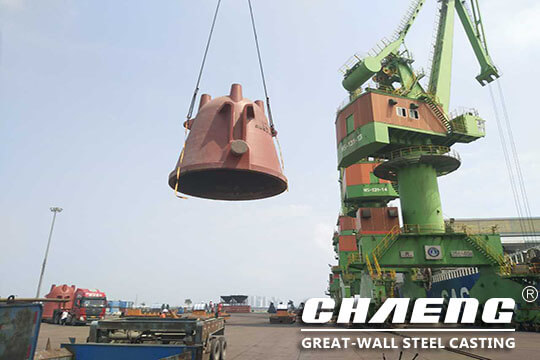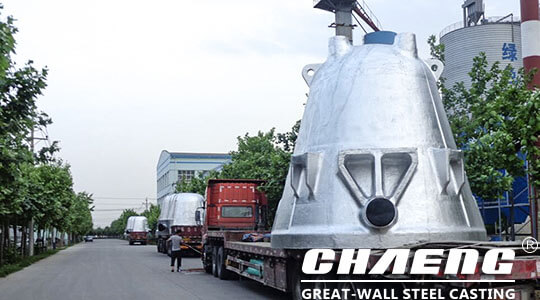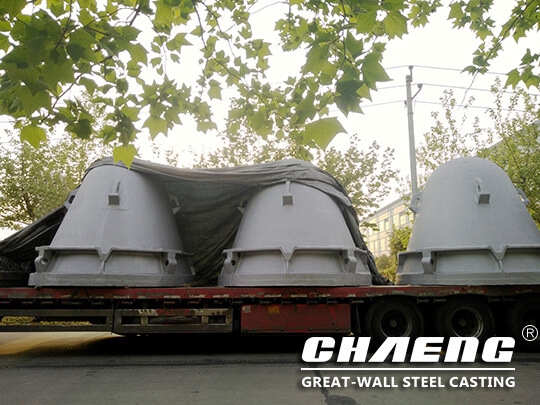Newsroom
The difference between casting metallurgy and powder metallurgy
2019-06-26 | Editor:
What is the difference between casting metallurgy and powder metallurgy? The slag pot manufacturer CHAENG tells you the answer.



1. Different raw materials
Casting - casting raw materials are not subject to certain restrictions, and can be formed into shape plates, rods, and the like.
Powder metallurgy - the raw materials used are metal and metal powders as raw materials.

2. Process
Casting - the ability to use this material to transform from liquid to solid to final forming. After melting the solid to become a liquid, the desired casting structure can be cast.
Powder metallurgy - the production of metal or the use of metal powder as a raw material, through forming and sintering or process technology of various types of products.

3. Heat treatment
Casting - Different heat treatment processes can be chosen depending on the material and performance.
Powder metallurgy - such as conventional powder metallurgy methods, the material is not completely tight and will create some voids that directly reduce the strength. Then, according to different material requirements, it is decided whether heat treatment will be carried out. Normally, the performance will be improved by quenching and tempering.

4. Organizational control
Casting - Casting castings are relatively tight.
Powder metallurgy - powder Because the raw material is relatively small, it needs to be controlled by the process to obtain a uniform and fine grain microstructure, which can avoid the composition of the casting and the microstructure segregation. Powder metallurgy requires hot isostatic pressing, while the materiality of conventional sintered materials is not as good as casting.
Order online
Fill out your message and submit it . Options with * must be filled in.
PRODUCTS
CONTACT
- Tel: +8615290747879
- Whatsapp: +8615290747879
- E-mail: casting@chaeng.co
- Skype : GreatWall1958


